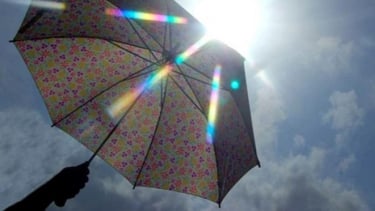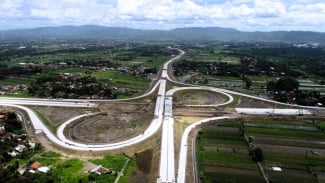People Should Beware of Heatstroke during the Hot Weather
- Pixabay
VIVA – Lately, several Asian countries hit by extremely hot weather that cause people to get heatstroke. Heatstroke is a serious and potentially life-threatening condition that occurs when the body's temperature regulation system fails, and body temperature rises to dangerous levels (usually above 104°F or 40°C).
Heatstroke should not be ignored as it can lead to serious complications such as brain damage, organ failure, and even death. Therefore, heatstroke treatment requires timely intervention.
Shirish M Hastak, Regional Director, Neurology, Stroke and Neurocritical Care, Global Hospital, Parel Mumbai, explains the causes of heatstroke and how to treat heatstroke.
He explained that usually, the temperature starts hot and heat loss is compensated by our body. The main mechanism of heat loss is evaporation, and this becomes compromised if the humidity is more than 75 percent in the presence of environmental heat or strenuous exercise.
Ilustrasi cuaca panas.
- U-Report
"Heatstroke causes the body to overheat because the body temperature can rise above 105 degrees Fahrenheit (which is about 40.5 degrees Celsius)," said Shirish M Hastak, as reported by The Health Site.
There are two types of heatstroke. First, activity heatstroke occurs due to physical exhaustion in hot and humid conditions. Second, is non-activity heatstroke, which is a classic heat stroke associated with certain factors such as age or underlying health conditions.
"People of all age groups can suffer from heat stroke, but infants and elderly people have a higher chance because their bodies may not be able to regulate temperature properly," he added.
Certain factors such as drinking alcohol, dehydration, certain medications, cystic fibrosis, sleep disorders or problems with the heart, lungs, kidneys, liver, thyroid or blood vessels, tight clothing, such as protective gear, obesity, and a history of heatstroke can cause heatstroke.
So, what are the symptoms of heatstroke when the temperature heats up?
"Someone experiencing heatstroke will show symptoms such as dry skin, inability to balance, confusion, dizziness, excessive sweating, pale skin, movement and coordination problems, seizures, rapid heartbeat, and weakness," he explained.
Untreated heatstroke can cause brain swelling, kidney failure, nerve damage, acute respiratory distress syndrome (ARDS), liver failure, and reduced blood flow to the heart. Thus, heatstroke requires immediate medical treatment. If you or someone is suffering from heatstroke, then lie down in a well-ventilated environment.
"Apply warm water all over the body and fan the person to help evaporation. Remove tight clothing before being taken to the hospital but do not administer medication without the doctor's knowledge. At the hospital, the patient will be given a cooling blanket, oxygen therapy, and intravenous fluids through a vein in their arm," he said.
To minimize the risk of heat stroke, avoid doing strenuous activities in humid conditions, keep drinking water, do not leave children in cars or very hot places, be in air-conditioned or well-ventilated areas when the temperature outside is hot, wear loose clothing to avoid heatstroke.



























